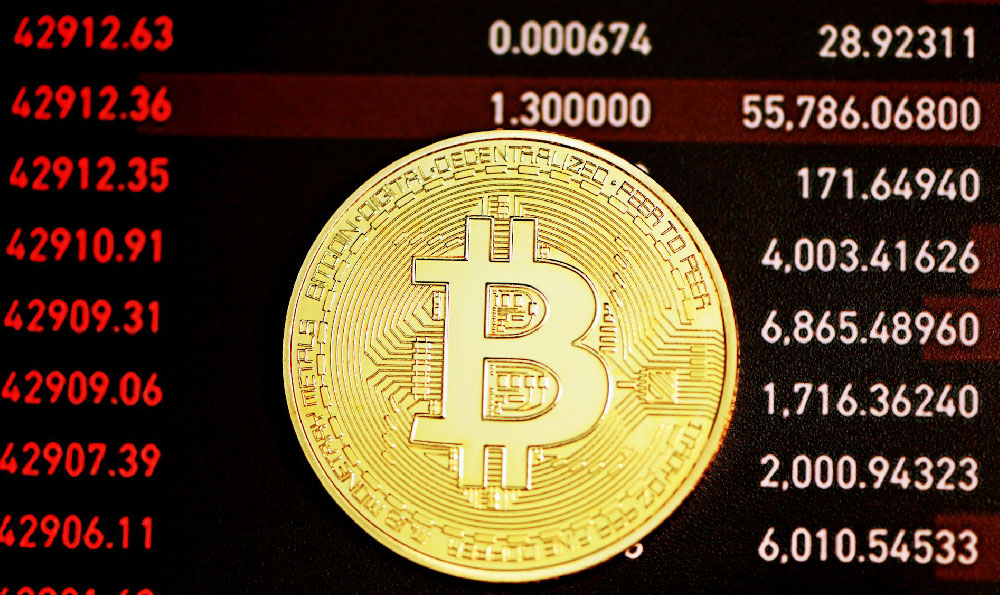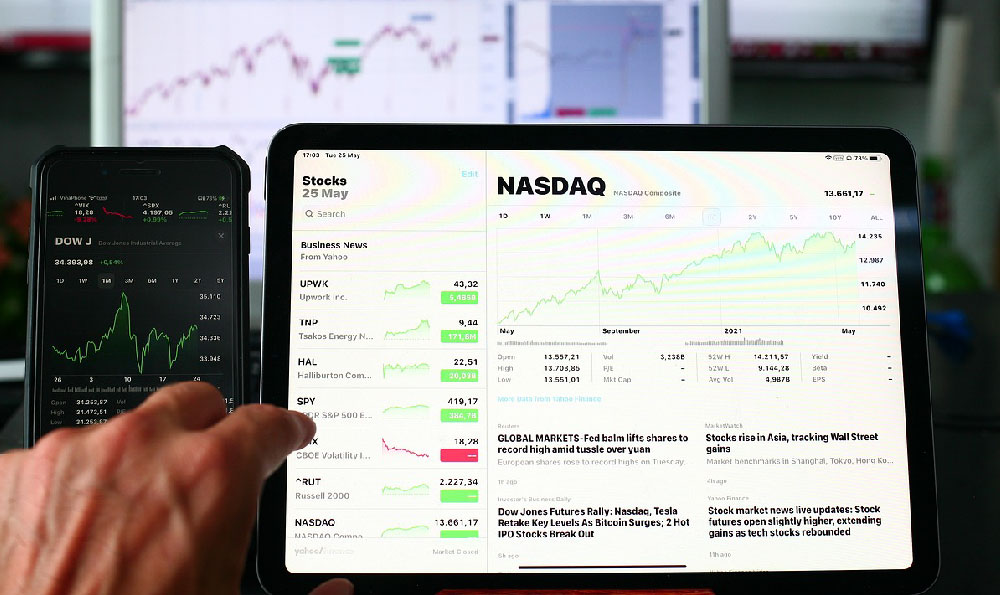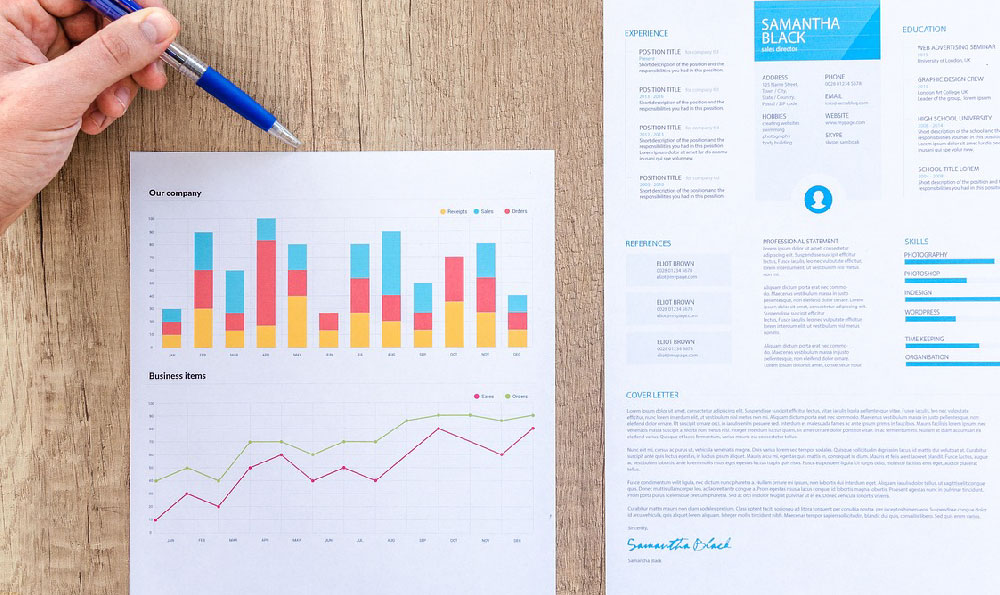
Okay, I'm ready. Here's an article addressing how car dealers profit from financing, written in the style you requested, avoiding enumerated lists and direct repetition of the title:
Do Car Dealers Profit From Financing? How?
The glint of chrome, the scent of new leather, the persuasive hum of a well-practiced sales pitch – these are the hallmarks of the car-buying experience. Beyond the sticker price and the allure of the latest model, a crucial element often lurks: financing. While many buyers view dealer financing as a convenient way to drive off the lot, a closer examination reveals a multifaceted profit center for dealerships, extending well beyond the sale of the vehicle itself. Understanding these mechanics is vital for any consumer seeking the best possible deal.

One primary avenue for profit lies in the interest rate spread, often referred to as the "dealer markup." Dealerships typically partner with a network of banks and lending institutions. When a customer applies for financing, the dealer submits the application to several lenders and receives back a range of interest rate offers, representing the risk each lender associates with the borrower. The dealer then presents one of these offers to the customer, but often with a slightly higher interest rate than the original offer from the bank. This difference, even a fraction of a percentage point, can translate to significant profits over the life of the loan. For instance, if a bank approves a loan at 5% APR, the dealer might present it to the customer at 5.5% or even 6%, pocketing the difference as profit. This seemingly small adjustment can add hundreds, even thousands, of dollars to the overall cost of the loan. The profit made through this markup is usually shared between the dealership and the finance manager as commission.
Furthermore, dealerships often receive incentives, or "kickbacks," from lenders for steering customers their way. These incentives can take various forms, such as volume bonuses for originating a certain number of loans or increased commissions for placing loans with specific lenders. While the practice itself may be legal and transparent, it can create a conflict of interest. Dealers may be motivated to push customers toward lenders offering the most lucrative incentives, regardless of whether those lenders offer the best terms for the borrower. This system fosters an environment where the customer’s financial well-being can sometimes take a backseat to the dealer's profit margin.
Beyond the interest rate and lender incentives, dealers also profit from the sale of ancillary products and services within the financing package. These often include extended warranties, gap insurance, and credit life insurance. While some of these products may provide genuine value to the customer, they are often marked up significantly, contributing substantially to the dealership's overall profits. For instance, an extended warranty that costs the dealership a few hundred dollars might be sold to the customer for thousands. These add-ons are frequently presented as essential or heavily discounted to entice customers to include them in the financing package. The pressure to protect their investment or the fear of future repair costs can make buyers more susceptible to these offers, even if they are not truly necessary or competitively priced.
Another profit stream arises from loan origination fees and other administrative charges. Dealerships may charge fees for processing the loan application, preparing the loan documents, or facilitating the transaction. While some of these fees may be legitimate expenses incurred by the dealership, they are often inflated to further increase profits. Customers may not be fully aware of these fees or understand their purpose, making it difficult to negotiate them down. The complexity of the financing process and the sheer volume of paperwork can obscure these charges, allowing dealerships to generate additional revenue without attracting undue scrutiny.
The practice of "packing" the loan is another technique employed to increase profitability. This involves adding optional features or services to the loan without the customer's explicit consent or full understanding of the added cost. For example, a dealer might include a paint protection package or a window tinting service in the loan without clearly disclosing the price or obtaining the customer's informed agreement. While this practice is generally frowned upon and may even be illegal in some jurisdictions, it remains a potential source of profit for unscrupulous dealers.
Finally, the very convenience of dealer financing plays a role in its profitability. Many buyers prefer the ease and speed of obtaining financing directly from the dealership, rather than shopping around for a better rate from a bank or credit union. This convenience factor allows dealerships to charge higher interest rates and fees, knowing that many customers will be willing to pay a premium for the streamlined experience. The appeal of driving away in a new car on the same day often outweighs the potential savings of seeking alternative financing options.
In conclusion, car dealerships derive profit from financing through various avenues, including interest rate markups, lender incentives, the sale of ancillary products, loan origination fees, and the inherent convenience of dealer-provided financing. To protect themselves, consumers should research financing options before visiting the dealership, compare interest rates from multiple lenders, carefully scrutinize the loan agreement for hidden fees and unwanted add-ons, and be prepared to negotiate aggressively. Understanding these profit mechanisms empowers buyers to make informed decisions and secure the most favorable financing terms possible.





